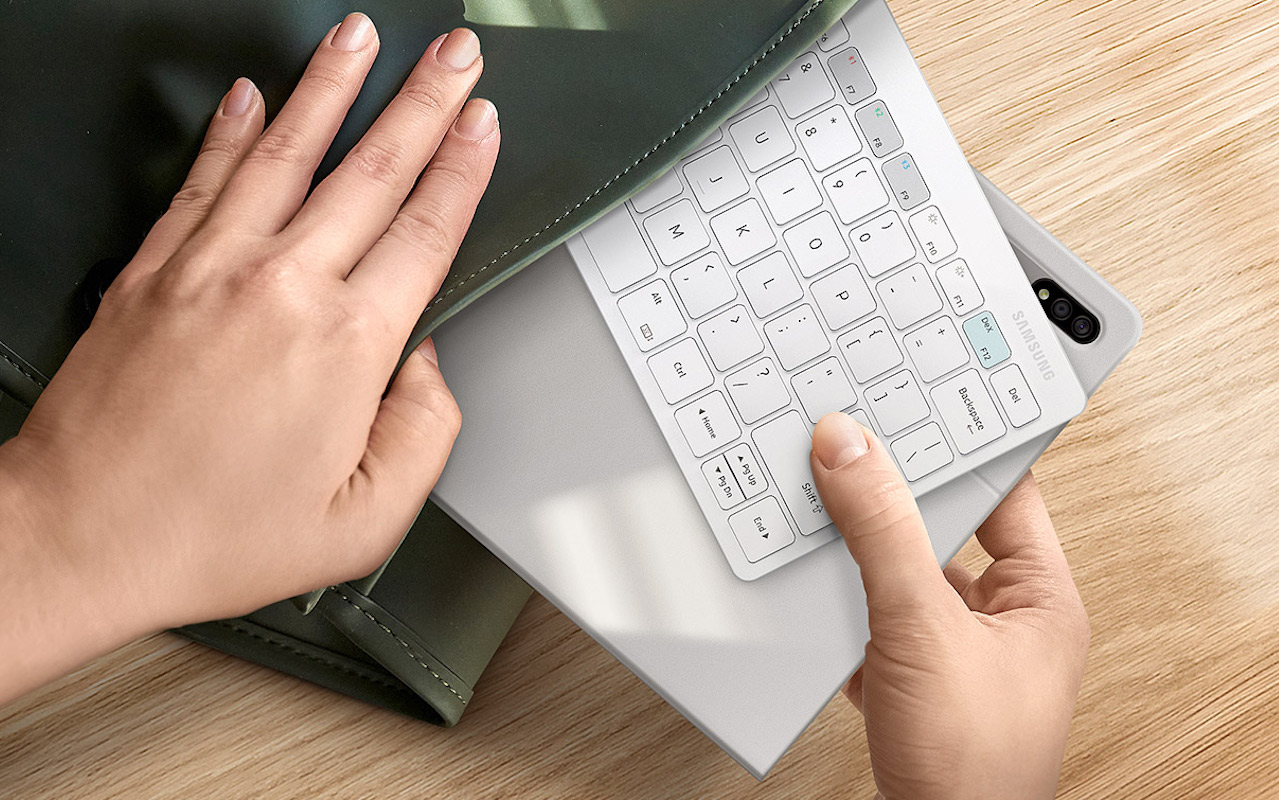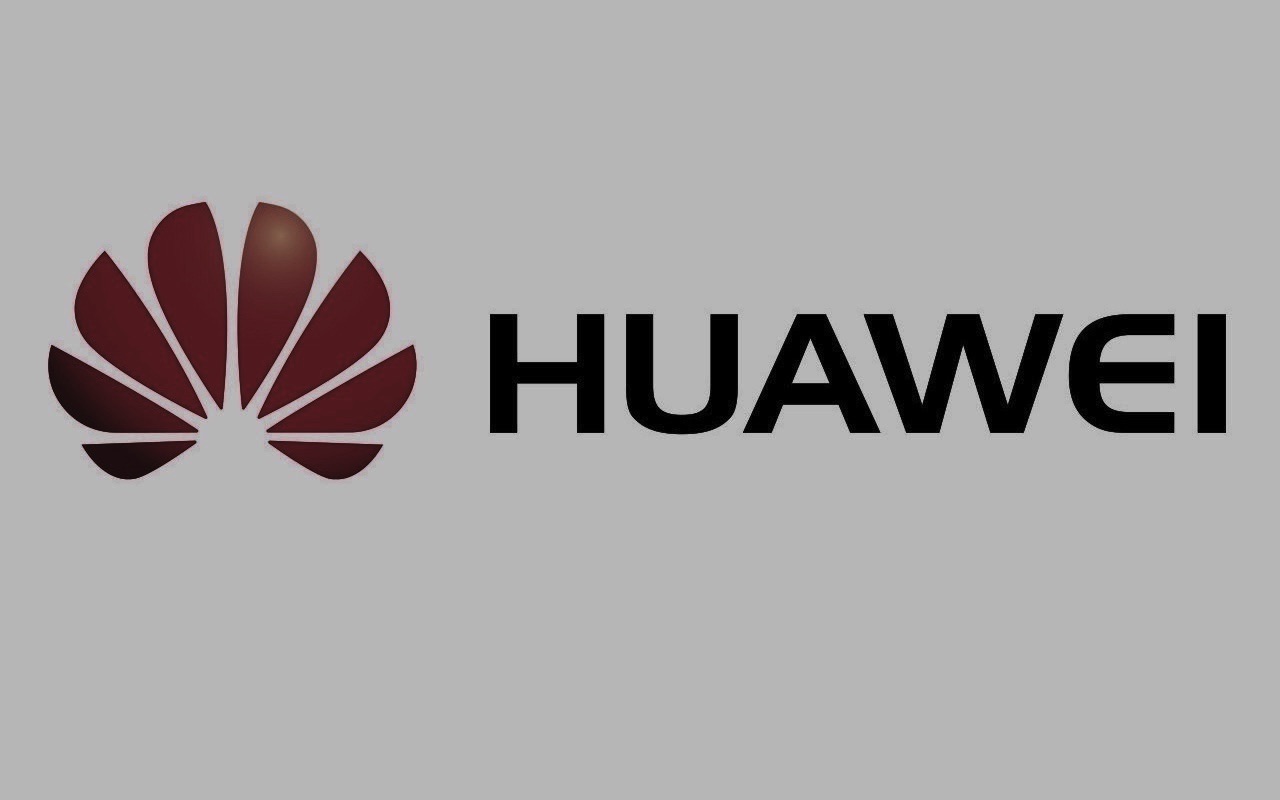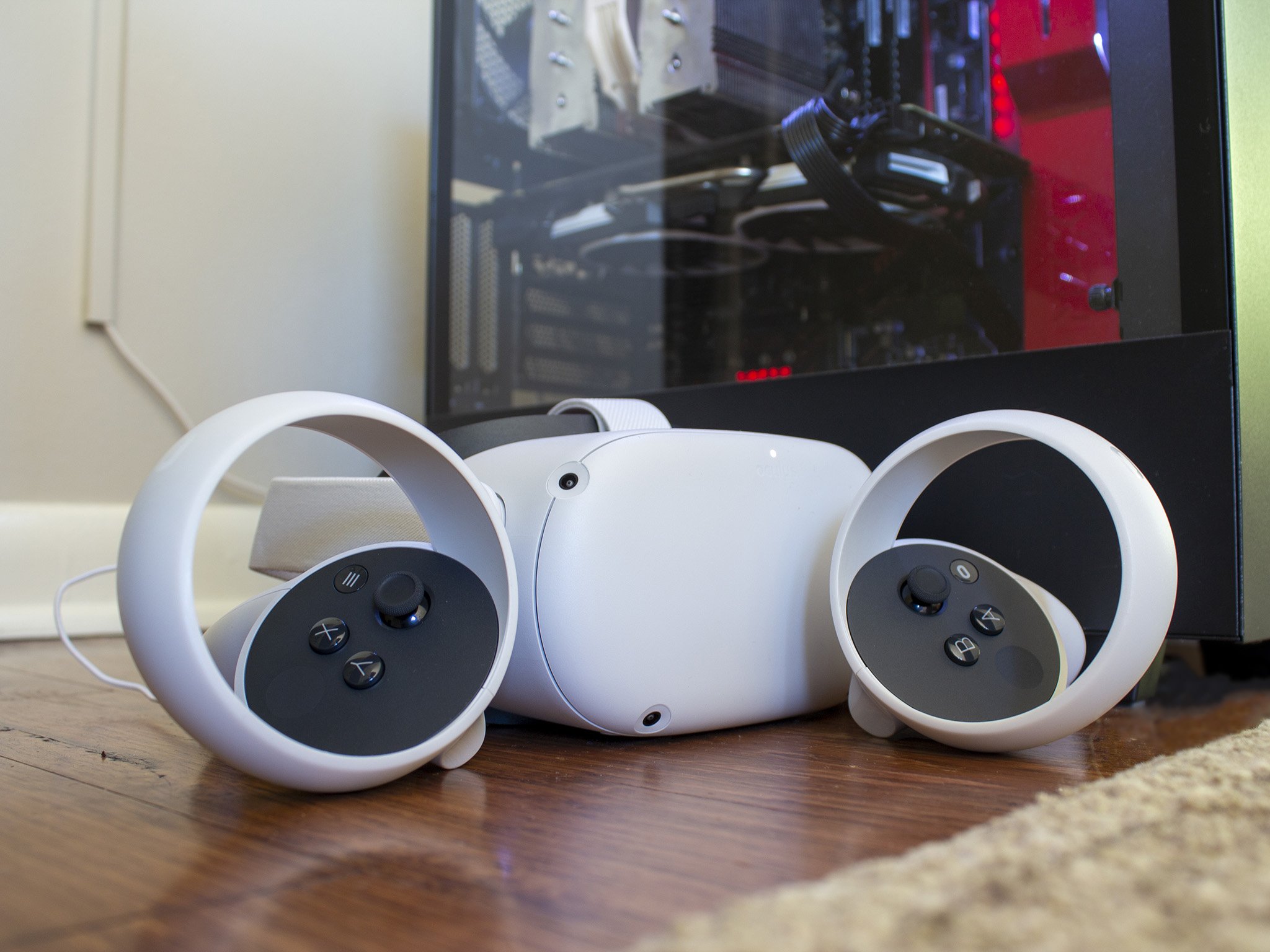Poco X3 Pro Review - Best Budget Gaming phone! - Android
Poco X3 Pro is the latest device from Xiaomi’s global brand Poco. The Poco X3 Pro gets some great hardware upgrades for a slight bump in price. The Poco X3 NFC launched in September 202 and six months later Xiaomi/Poco has a better version out. The new Poco X3 Pro is basically the same device [...]
Read More...
The post Poco X3 Pro Review: Best Budget Gaming phone! appeared first on Android Headlines.

Poco X3 Pro is the latest device from Xiaomi’s global brand Poco. The Poco X3 Pro gets some great hardware upgrades for a slight bump in price.
The Poco X3 NFC launched in September 202 and six months later Xiaomi/Poco has a better version out. The new Poco X3 Pro is basically the same device as the Poco X3 NFC. The main difference is a better Snapdragon 860 processor and a bump up to 128GB UFS3.1 storage.
At just $229 for the base 6GB/128GB version this is probably the best budget gaming smartphone with a Snapdragon 8xx processor on board.
Unboxing the Poco X3 Pro
The black color box cover gives way to a yellow box with a yellow Poco insert which is classic Poco branding. Inside the insert, we have a TPU case, SIM tool, and some paperwork. Underneath is the Phantom Black Poco X3 Pro review unit. Underneath the card insert is a USB-C cable and a 33w fast charging power brick. The phone comes with a factory-applied film screen protector. Still nice to see everything included in the box to get started versus having to buy additional accessories on top of the smartphone.
Design language is unchanged from the X3 NFC and that is just fine

In typical Xiaomi fashion, the review unit is again black in color. However, unlike a flat matte black (Redmi Note 9T) or a mirror black (Poco F3), the Phantom Black on this device shows off some interesting shades of deep maroon or burgundy depending on the light reflecting on the backplate. I am a big fan of this color-shifting black color and wish this was done by more manufacturers in the budget smartphone range.
Besides the color there is still the big POCO branding in the middle hashed chroma stripe. Based on the light hitting the stripe you get the logo to show a color gradient from blue to almost magenta. Supposedly this textured back should improve fingerprints but I don’t think it is as effective it should be.
Another hardware improvement is a Z-axis linear motor for vibration feedback. The haptic feedback is definitely better than most smartphones in this price category. However, you need to select the ‘Highest’ setting to feel the stronger haptic feedback.
Other than these two things the rest of the hardware design is identical to that of the Poco X3 NFC. This means, the same camera module layout along with the snappy fingerprint scanner built into the power button. The IR blaster is still there on the top rail along with the headphone jack on the bottom.
While other smartphone manufacturers are removing charging bricks from their retail packaging, Poco bucks the trend and gives you a nice matte surface clear TPU case along with a fast charger! There is also a factory film screen protector on the display. which has Gorilla Glass 6 protecting the LCD panel. Speaking of the display it’s the same as before so nothing new to report there.
Overall it is a well-built smartphone with no obvious flaws or design miscues. I mean the plastic back does collect fingerprints but either clean it once or twice a day. Or you can just put on the case that comes in the box.
Looks-wise the Poco X3 Pro is pretty good and the IP53 protection is almost unheard of at this price point. With a large screen, top-tier specs, and a big battery means it is a big phone that is a bit on the heavy side. In summary though, for just $229 there is a lot to like about the hardware and what you get in the retail box.
Display is great for the price but I wish Poco found a way to give us an AMOLED screen

The last few Xiaomi devices that came to me for review all have a high refresh rate AMOLED display. So getting the Poco X3 Pro with a high refresh rate LCD panel was a bit of a step back.
The display is a large 6.67-inch panel with a 1080 x 2340 FHD+ resolution (395ppi) which is a carryover from Poco X3 NFC. The IPS LCD screen supports an adaptive 120Hz refresh rate (240Hz touch sampling rate) and the standard 60Hz. For my review, I chose the higher refresh rate of course. Then there are a few other options you can tweak within the display settings which is very common for MIUI.
Anti-Defamation League - Twitch should invest in moderation tools
27/04/2021 11:00 AM
Samsung Smart Keyboard Trio 500 offers quick, seamless connectivity
27/04/2021 04:00 AM
Huawei to focus on software as hardware business suffers
27/04/2021 10:00 AM
Google Finally Changes Forms + Clipboard On Desktop In Chrome 91
27/04/2021 10:31 PM
5 Best Free PDF Editors
27/04/2021 01:00 PM
Apple Music now lets you annoy your friends with song lyrics
27/04/2021 07:33 PM
Play SteamVR games on the Oculus Quest with these easy steps!
27/04/2021 09:00 PM
The best places to buy a refurbished Android phone
27/04/2021 12:30 PM
- Comics
- HEALTH
- Libraries & Demo
- Sports Games
- Racing
- Cards & Casino
- Media & Video
- Photography
- Transportation
- Arcade & Action
- Brain & Puzzle
- Social
- Communication
- Casual
- Personalization
- Tools
- Medical
- Weather
- Shopping
- Health & Fitness
- Productivity
- Books & Reference
- Finance
- Entertainment
- Business
- Sports
- Music & Audio
- News & Magazines
- Education
- Lifestyle
- Travel & Local
2014 © US apps and news




































